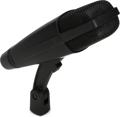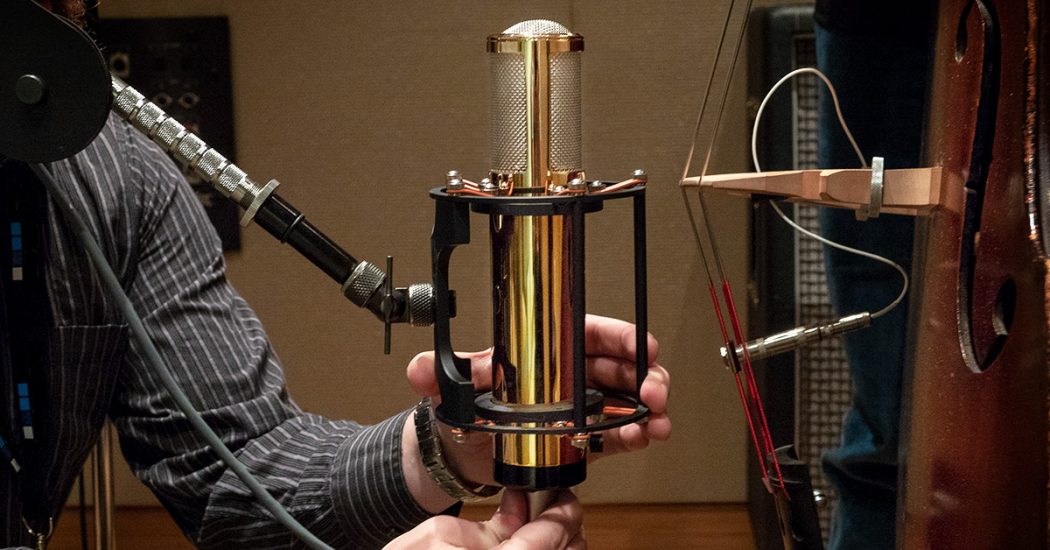
Want to make better-sounding recordings? Having the right gear is a solid starting point — but learning how to use it to its greatest advantage is your key to making excellent recordings that translate to the world outside your studio. Once you’re confident your source sounds as good as it possibly can (using properly tuned drums, a talented vocalist, etc.), it’s time to determine your signal chain, starting with choosing mics and their placement. Sweetwater has many great articles about good recording techniques for a variety of instruments (see the list below). Ready to explore some more advanced (and unusual) mic placement tricks? Let’s get going!
8 Professional Mic Placement Techniques
1. The Bob Clearmountain Dual Over-snare Technique
Most recordists know the 2-mic, over-and-under snare-miking technique. But engineer extraordinaire Bob Clearmountain popularized another 2-mic technique where both mics are deployed on the batter (top) head. For this, Bob used a Shure SM57 and a small-diaphragm condenser mic (such as the AKG C 451 B) placed closely in parallel (there are ready-made clips available that facilitate this in a repeatable fashion). The SM57 provides the boxy punch of the drum, while the condenser delivers the crispness. Many engineers who want a brighter snare sound than their beloved ’57s can muster, but feel under-snare mics sound artificial, prefer this approach.
2. The Under-snare-only Technique
One of our intrepid editors who specializes in live sound work extols the sonic virtues of using one mic only — underneath the snare. This technique, obviously, captures a bright, snappy sound with surprisingly good body and punch; plus, it has the advantage of not sucking in tons of hi-hat and cymbals. One caveat is that you may need to flip the polarity of the mic relative to the down-facing mics on the rest of the kit in order to obtain the fullest sound.
3. Tubular Kick
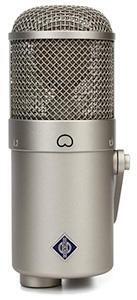 Imagine a Neumann U 47 FET at the end of a 10-foot pipe attached to the front of your bass drum! An outrageous trick that gained notoriety at New York’s Hit Factory in the ’70s, this technique involves tightly gaff-taping a 24″-diameter PVC duct to the front of a 22″ kick drum. Although Frankensteinian to behold, the setup delivers sonic results that are — in certain musical settings — well worth it. The natural delay and comb filtration picked up by the FET 47 at the end of the tube, mixed with a Sennheiser MD 421 or AKG D12E capturing the impact inside the drum, results in a huge, complex kick sound that requires a fair amount of track space in which to bloom. In attempting this trick, it should go without saying that the two sources each get their own track.
Imagine a Neumann U 47 FET at the end of a 10-foot pipe attached to the front of your bass drum! An outrageous trick that gained notoriety at New York’s Hit Factory in the ’70s, this technique involves tightly gaff-taping a 24″-diameter PVC duct to the front of a 22″ kick drum. Although Frankensteinian to behold, the setup delivers sonic results that are — in certain musical settings — well worth it. The natural delay and comb filtration picked up by the FET 47 at the end of the tube, mixed with a Sennheiser MD 421 or AKG D12E capturing the impact inside the drum, results in a huge, complex kick sound that requires a fair amount of track space in which to bloom. In attempting this trick, it should go without saying that the two sources each get their own track.
4. John Lennon’s ADT and Leslie Effects
The Beatles’ “Tomorrow Never Knows” contains dozens of innovative and groundbreaking — if not completely bizarre — recording techniques, such as merciless drum compression, sampling, looping, backmasking (guitar parts that were recorded backward), chopping up tapes and randomly splicing the pieces back together, and altering the playback speed of various elements. Abbey Road Studios’ technical manager Ken Townsend even invented automatic double tracking (ADT) as an answer to John Lennon’s aversion to doubling his vocals naturally, however in “Tomorrow Never Knows,” John sang his lead vocal twice in the first half of the song. But after the the distorted sitar/backwards guitar solo, Lennon’s voice has a different treatment that’s quite innovative. John wanted to know if the effect he was after could be achieved by hanging him upside down and spinning him around a microphone as he sang into it. As EMI lawyers were stressing over the liability implications of such a maneuver, engineer Geoff Emerick was busy jail-breaking the input circuitry of a Leslie rotating speaker cabinet to achieve Lennon’s desired effect.
5. The David Bowie Heroes Effect
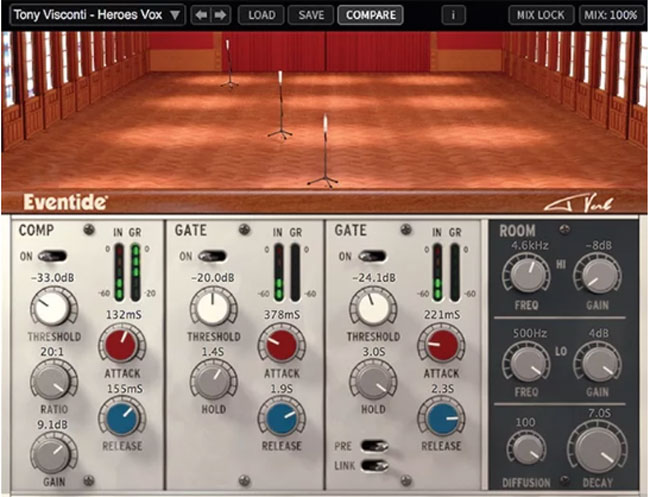
When David Bowie was recording the lead vocal for the title track of his Heroes album in Berlin’s Hansa Studios in 1977, producer Tony Visconti was looking for a unique way to highlight the drama of Bowie’s voice. Visconti came up with a technique that worked brilliantly. He set up three mics — one close mic for David to sing into, a second around 15 feet away, and a third even further back into the ambience-rich room. He then set up noise gates on the second and third mics and programmed them to open as David sang ever louder. Now if this sounds like a lot of work, Eventide captures this amazing effect with a cool plug-in called Tverb, which features three lush, independent reverbs. They also added features to Visconti’s original setup, including stereo, selectable polar patterns and compression on microphone one, and adjustable gates on mics two and three.
6. Porcelain Parabolic
Another Hit Factory urban legend was born when a staff engineer ran out of isolation booths in Studio A. The room’s two iso booths were occupied by the band’s keyboardist on the studio’s Yamaha C7 grand and the lead singer, attempting to strike gold with his scratch vocal so he could fly home to England in time for the holidays. Where to put the guitarist’s Marshall cab? Aside from the lobby (with sketchy acoustics), the only other rooms on the sixth floor were the EMT chamber room (off-limits for obvious reasons), the studio owner’s office (out of the question), and the restrooms. So the 4 x 12″ cabinet was set up in the ladies’ lounge, chosen for the balanced reflectivity of its marble walls and floor. Eight mics ended up in there, including a Neumann U 87 with the pad engaged, set to omni and suspended in the toilet about an inch above the water line. The sound pressure level inside the room was lethal. The porcelain bowl acted as a parabolic reflector, focusing the sound and bombarding all 360 degrees of the mic’s omnidirectional polar pattern. If you’d like to explore this technique but are squeamish about the hygienic aspects, a sink of sufficient depth will approximate the effect.
7. Cymbal Plate
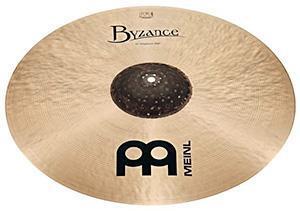 Sweetwater employees are nothing if not inventive. This mic placement trick, courtesy of a fine engineer who works here, involves placing a cymbal very near, in this case, a loud electric guitar amp cabinet. Mic both, and mix to taste. The sound waves from the speaker excite the cymbal, giving the guitar sound a nice unique sheen. Obviously, this trick can work on any source loud enough to vibrate the cymbal. Experiment with different instruments, cymbal types, and distances to achieve your signature sound.
Sweetwater employees are nothing if not inventive. This mic placement trick, courtesy of a fine engineer who works here, involves placing a cymbal very near, in this case, a loud electric guitar amp cabinet. Mic both, and mix to taste. The sound waves from the speaker excite the cymbal, giving the guitar sound a nice unique sheen. Obviously, this trick can work on any source loud enough to vibrate the cymbal. Experiment with different instruments, cymbal types, and distances to achieve your signature sound.
8. The Blair Witch Technique
Need some natural short slap on a sax solo? Tell the horn player to go stand in the corner (where you have placed a microphone). This works well with ribbon mics and their native figure-8 polar patterns. For a brighter sound, try a large-diaphragm condenser set to omnidirectional or figure-8. Start out with the mic about halfway between the musician and the corner, and adjust the distance for more or less ambience. This technique also works well in front of the control room window, if you have one. Reflections off glass will sound even brighter than rebounding off whatever your wall surface is. Another bonus is that musicians will have a direct sight line into the control room — and they won’t feel like they’re being punished. Again, this can work well with any number of sources. One caveat: realize that since this sound is created by intentionally creating reflections that cause comb filtering, you will own the direct/reflected balance, so be sure of it before you press record.
Get creative with your mic placement
The beauty of mic placement is there are endless combinations and possibilties. Whether you’re miking drums or miking your guitar amp, don’t be afraid to get creative. Sweetwater has a wide selection of microphones to choose from for your to get creative with your mic placement. And if you have any questions about studio microphones, give your Sales Engineer a call at (800) 222-4700.



